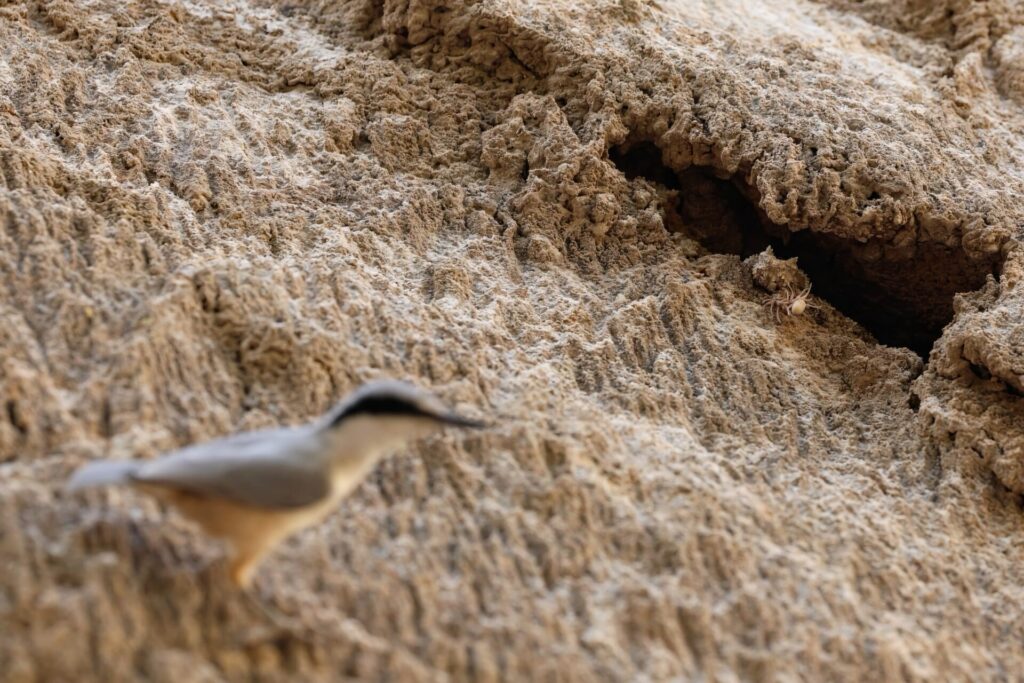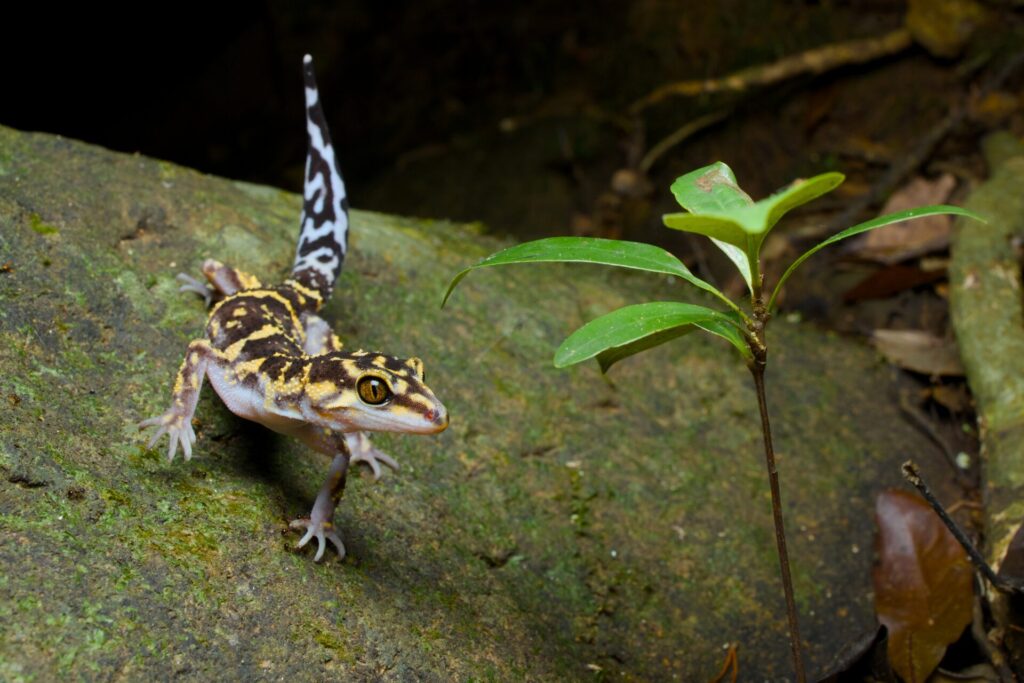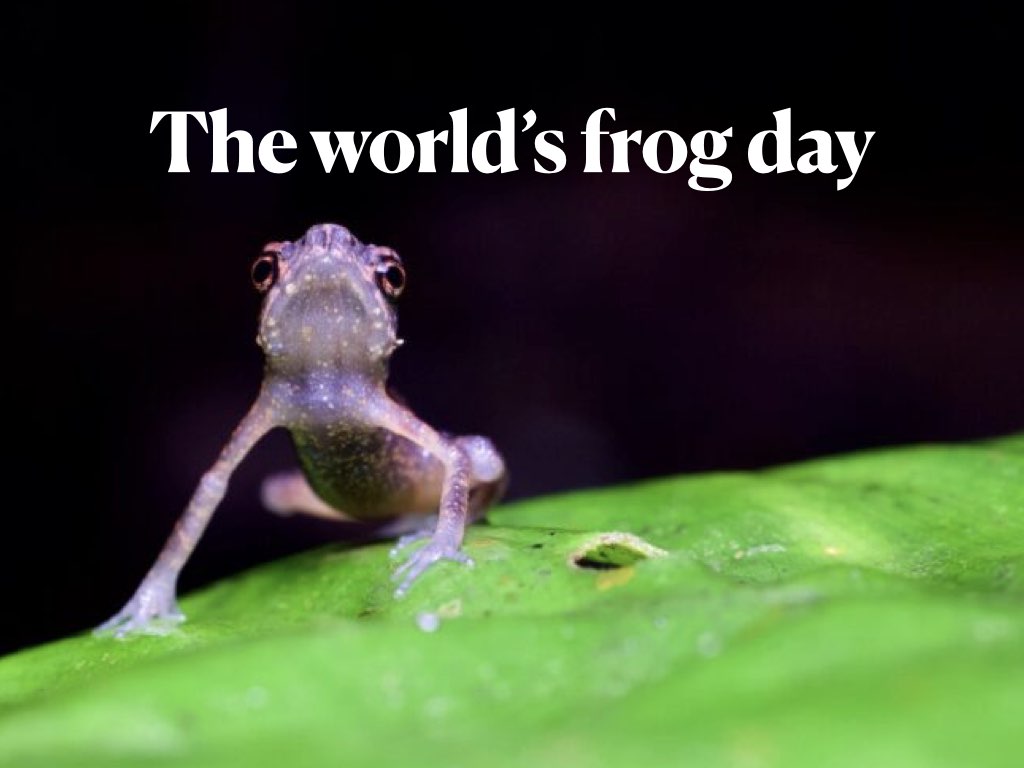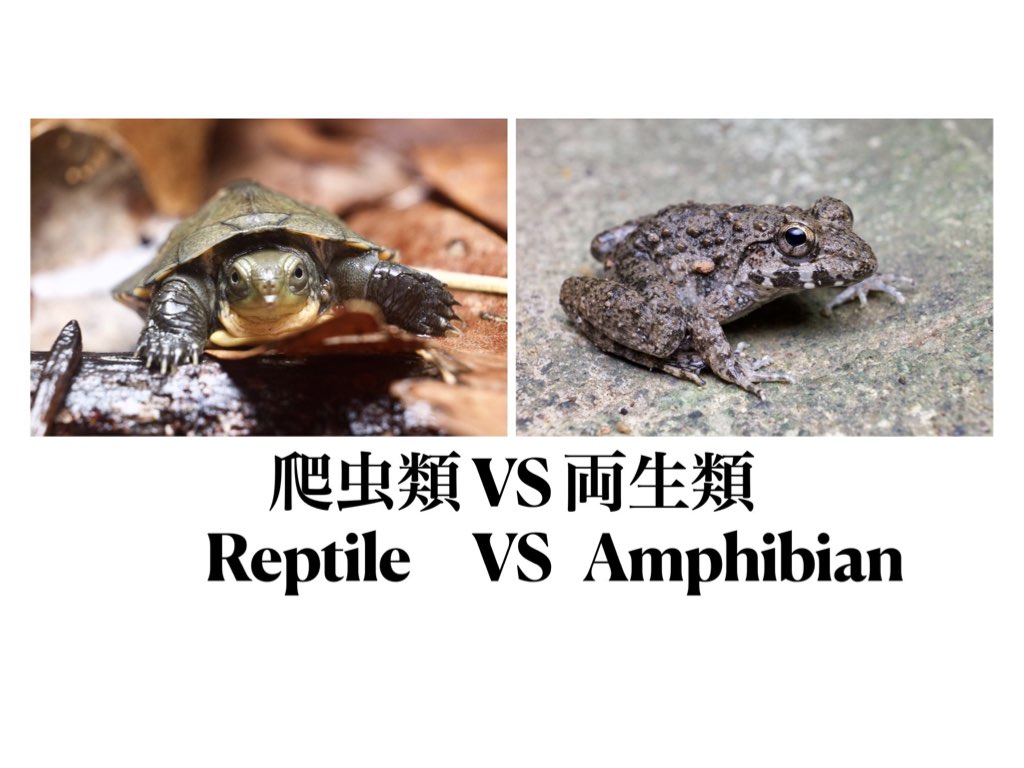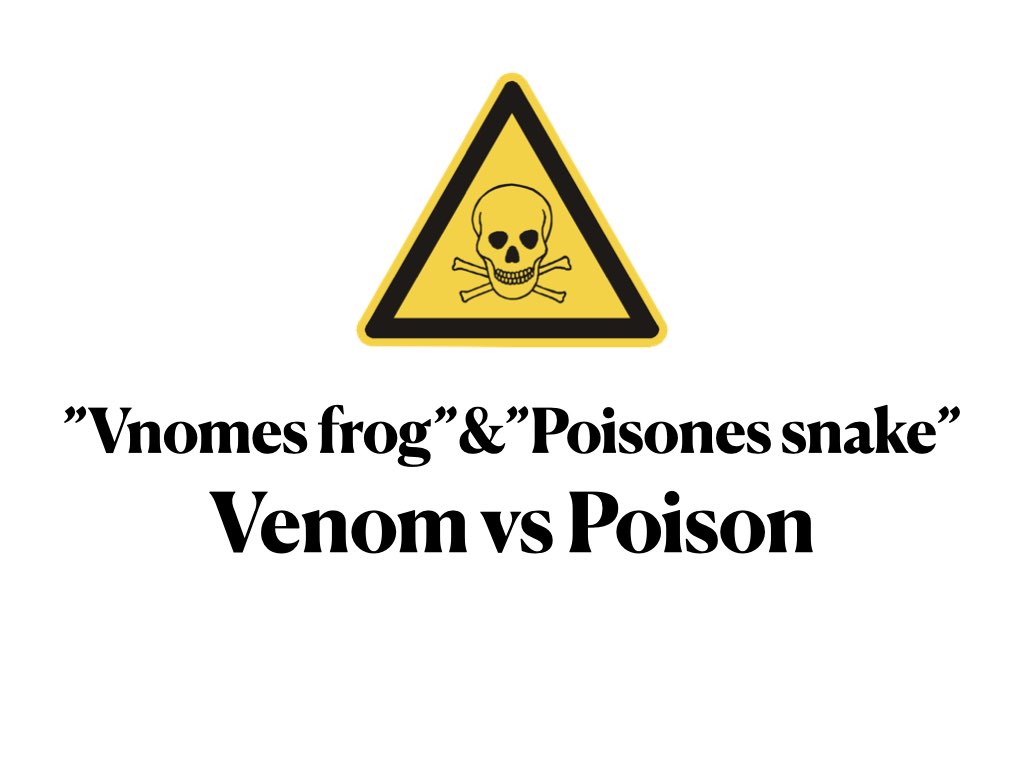Blog– category –
-

Snake “Caudal Luring” – The Amazing Hunting Strategy of Using the Tail to Attract Prey
The spider-tailed horned viper (Pseudocerastes urarachnoides), which uses caudal luring to attract birds, observed in Iran. What is Caudal Luring? Caudal luring is a fascinating behavior in which a snake moves its tail like bait to attr... -

Comprehensive Guide to Japanese cave gecko Species: Habitats and Characteristics
Currently, there are seven species of Goniurosaurus (Japanese ground geckos or Japanese cave geckos ) living in Japan. Here, I would like to introduce my favorite creatures among them. ① Kuroiwa’s Ground Gecko (Goniurosaurus kuroiwa... -

What is World Frog Day?
What is World Frog Day? Let me introduce you to World Frog Day, a special day celebrated on March 20 every year.This day is recognized globally as an opportunity to reflect on the importance of amphibian conservation,... -

What is Ecotourism? Protecting Wildlife
What exactly does ecotourism refer to? And how does it protect nature and support local livelihoods? Herping also part of Ecotourism What is Ecotourism? Ecotourism refers to the activity of traveling to a destination in a way that preser... -

Differences and Similarities Between Reptiles and Amphibians
Reptiles and amphibians are often grouped together in discussions, but they are quite distinct from one another. However, both are loved by herping enthusiasts due to their unique charm, which can sometimes blur the lines between them. I... -

Is a “Venomous Frog” Actually Poisonous?
The terms "poison" and "venom" are often used interchangeably, but in reality, they refer to different things. Both are harmful substances that can cause damage to humans and animals, but there is a significant difference in how they act... -

Exploring the Differences Between Snakes and Lizards
Snakes and lizards are both fascinating members of the reptile family, each having evolved unique adaptations over time. They belong to the same order, Squamata, but lead very different lifestyles. These differences span from their appea... -

How to call the group of animals?
Do you know how to call group of Dolphins? Names for Groups of Animals Sometimes, when you observe a gathering of animals, you might find yourself unsure of how to refer to them collectively. While you could simply call them "a bunch of ... -

What Are Snakes? Explaining the Characteristics and Human Relations of Reptiles
Sakushima-Habu. One of the pit viper endemic to Okinawa Japan What Are Snakes? Snakes are a type of reptile belonging to the suborder Serpentes. They are characterized by their lack of limbs, elongated bodies, and long tails. Evolving fr... -

Snake Bite Awareness
Prevention and First Aid Essentials Discover Vital Tips for Snake Bite Prevention and Immediate First Aid Introduction Snake bites are not only potentially life-threatening but require swift action for a successful outcome. This guide de...
12

